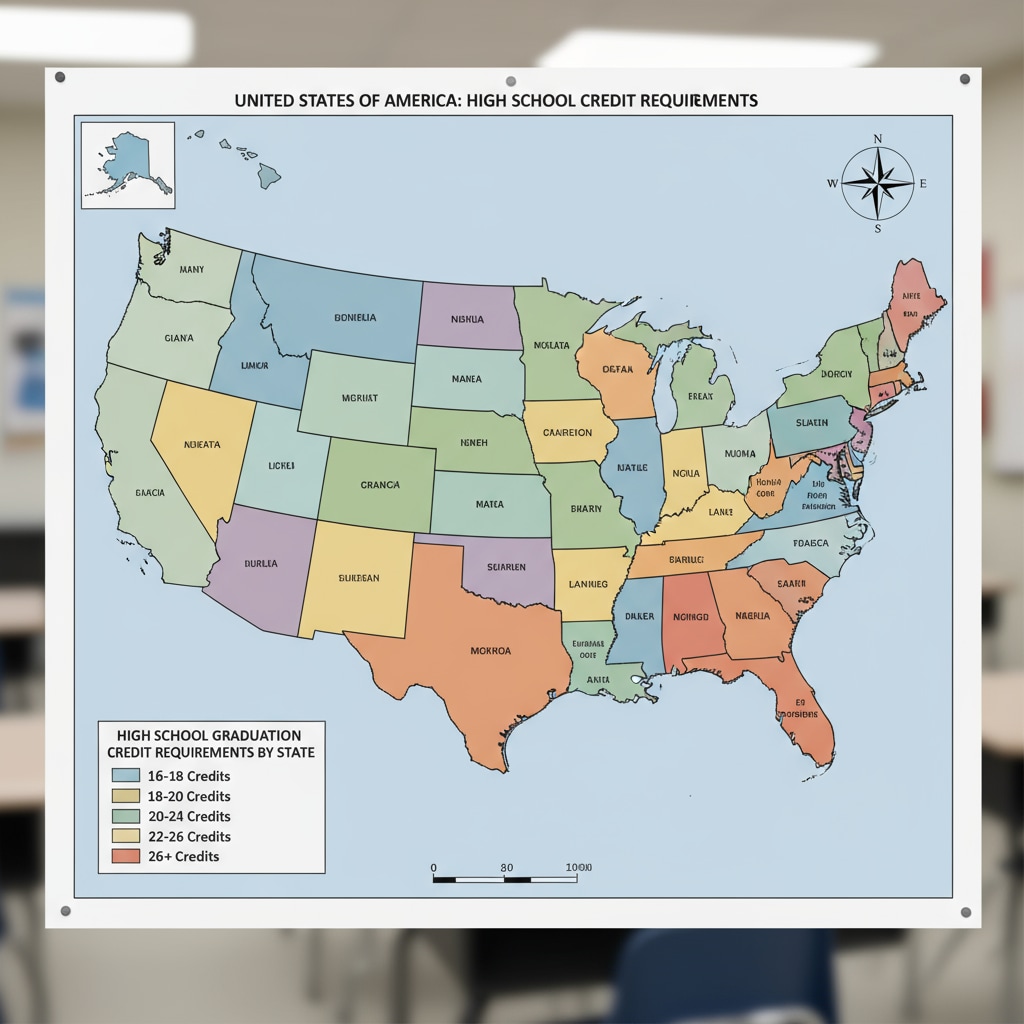In the digital age, the concept of education has undergone a significant transformation. Online high school, with its unique blend of flexibility and accessibility, has emerged as a popular choice for students seeking an alternative to traditional brick-and-mortar institutions. When it comes to online high school, credit requirements play a crucial role, as they directly impact a student’s journey towards obtaining a high school diploma. In this article, we will delve into the world of low-credit online high school programs, exploring the diverse options available and providing valuable insights for parents and students alike.

The Variability of High School Credit Requirements by State
One of the first steps in finding a low-credit online high school program is understanding the vast differences in high school credit requirements from state to state. Each state has its own set of regulations and guidelines regarding the number of credits needed for high school graduation. For example, some states may require a minimum of 20 credits, while others might set the bar at 24 or even more. These requirements can cover a wide range of subjects, including English, mathematics, science, social studies, and electives. National Center for Education Statistics’ data on high school requirements offers valuable insights into these state-by-state variations. This variability means that students and parents have the opportunity to explore options beyond their local area to find a program that aligns with their specific needs and circumstances.

Benefits of Low-Credit Online High School Programs
Low-credit online high school programs come with several advantages. Firstly, they offer greater flexibility for students who may have unique circumstances, such as work commitments, family responsibilities, or health issues. These programs allow students to study at their own pace, fitting their education around their existing schedules. Secondly, for students who have struggled in traditional high school settings, a low-credit program can provide a fresh start. It offers the chance to focus on essential skills and knowledge without the pressure of meeting a large number of credit requirements. Additionally, online high schools often provide access to a wide range of educational resources and support services, including virtual classrooms, one-on-one tutoring, and interactive learning materials. EdSurge’s article on the viability of online high schools further elaborates on these benefits.
When searching for a low-credit online high school program, it’s essential to consider factors such as accreditation, curriculum quality, faculty qualifications, and cost. Accreditation ensures that the program meets recognized educational standards, and the curriculum should be comprehensive and engaging. Qualified faculty members are crucial for providing effective instruction, and understanding the cost structure, including tuition, fees, and any additional expenses, is vital for making an informed decision.
Readability guidance: As we’ve seen, understanding state credit requirements and the benefits of low-credit programs is the first step. Next, we’ll explore practical strategies to find these programs. Remember to keep these points in mind when evaluating different options. Use short paragraphs and lists to summarize key ideas, and ensure that you incorporate transition words like ‘however’, ‘therefore’, and ‘in addition’ to make the flow of the article smooth.


